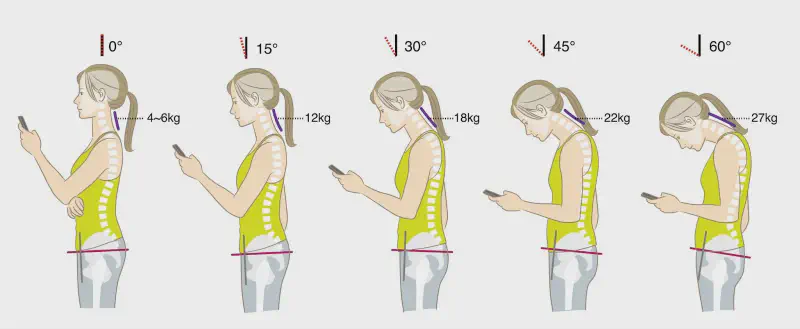
Understanding the Craniofacial-Cervical Connection in the Digital Age#
- This article builds upon previous works by the author and collaborators, specifically referencing a two-part series titled “How I Get Rid of Tech Neck.”
- It also draws connections to the author’s prior research and writings concerning the impact of tooth loss and improper bite (malocclusion) on overall body posture.
- The current material is presented as a concise supplement, designed to integrate and expand upon the insights from these earlier posts.
- The core objective is to articulate the author’s personal reflections and hypotheses regarding the direct relationship between various dental conditions and the exacerbation of “tech neck.”
- The author explicitly invites community engagement, seeking clarifications and additional perspectives in the comments section, fostering a collaborative exploration of this less-understood topic. The modern digital landscape has ushered in an era where musculoskeletal discomfort, particularly “tech neck,” has become a pervasive issue for individuals spending extended hours in front of screens. While ergonomic solutions and regular breaks are commonly prescribed, this article highlights a crucial, often overlooked, dimension: the intricate relationship between craniofacial health, specifically dental alignment and bite, and cervical spine issues. This interdisciplinary perspective challenges the conventional view of tech-related pain, suggesting that a holistic approach to ergonomics and physical well-being must extend beyond the immediate workstation to consider foundational aspects of body mechanics, starting from the jaw and head. The growing awareness of such connections underscores a broader trend in healthcare towards integrating seemingly disparate fields to achieve more comprehensive patient care and preventive strategies. Looking ahead, the insights presented here point towards a future where ergonomic assessments and pain management protocols for conditions like tech neck will likely become more integrated and personalized, potentially incorporating dental evaluations. We can anticipate increased collaboration between dentists, orthodontists, physiotherapists, and ergonomists to develop holistic treatment plans. This nuanced understanding could lead to innovative solutions, from custom dental appliances designed to improve posture to advanced diagnostic tools that map craniofacial stress to cervical strain. Ultimately, recognizing the profound systemic impact of dental health on posture and pain will be key to fostering more effective, long-term solutions for the health challenges posed by our increasingly digital lives.
